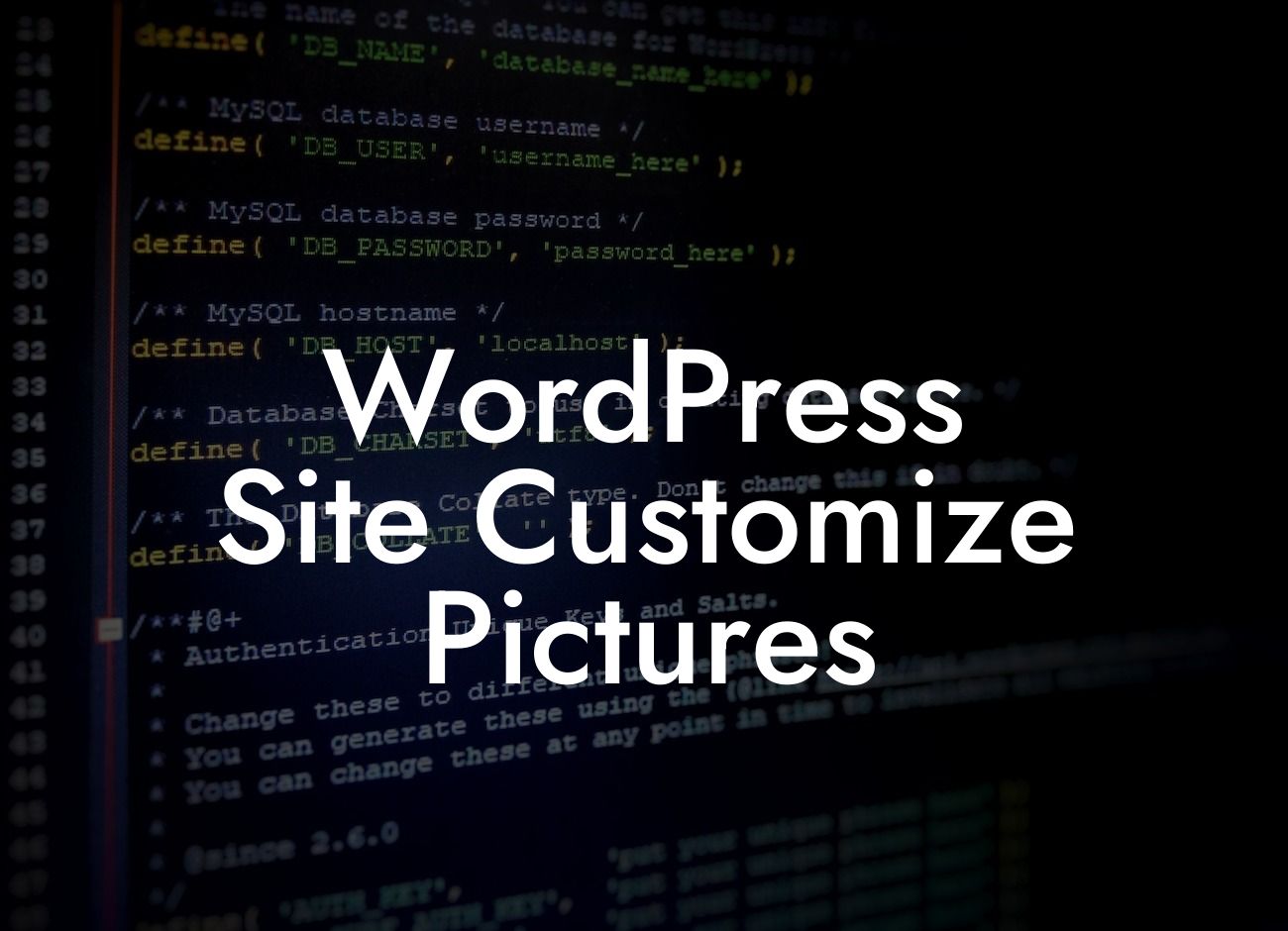Pictures play a vital role in creating an immersive and visually appealing experience on your WordPress site. As a small business owner or entrepreneur, it's crucial to understand how to customize pictures to effectively showcase your products or services. In this article, we will dive into the essential steps and techniques you need to know to elevate your online presence and supercharge your success.
Customizing pictures on your WordPress site involves more than just uploading them. It requires attention to detail, strategic placement, and optimization for improved search engine visibility. Let's explore the following key aspects:
1. Image Selection:
- Choose high-quality images that are relevant to your content and brand.
- Use images that align with your target audience's preferences and resonate with your brand identity.
Looking For a Custom QuickBook Integration?
- Experiment with different types of visuals, such as product images, infographics, or lifestyle shots.
2. Image Sizing and Dimensions:
- Resize your images to fit the specific areas of your site without compromising quality.
- Optimize file sizes to improve page loading speed.
- Ensure responsive design by using CSS media queries for different screen sizes.
3. Image Optimization:
- Compress your images to maintain quality while reducing file size.
- Add descriptive alt tags to enhance accessibility and improve SEO.
- Include relevant keywords in the image file names.
4. Image Placement:
- Strategically position your images within your content to engage and guide readers.
- Use images to break up lengthy paragraphs and improve readability.
- Consider using image galleries or sliders to showcase multiple images conveniently.
Wordpress Site Customize Pictures Example:
Imagine you own an online clothing store, and you want to customize the product images on your WordPress site. Along with using high-quality images, you could follow these steps:
1. Optimize the file size of each image without compromising quality.
2. Add descriptive alt tags, such as "Stylish Men's Jacket - Front View."
3. Implement a zoom-in feature to allow customers to observe product details.
4. Display related product images as suggestions to encourage exploration.
Now that you've learned how to customize pictures on your WordPress site, it's time to put your newfound knowledge into action. As DamnWoo, we are committed to your success, and we invite you to explore our other guides and try our awesome plugins tailored specifically for small businesses and entrepreneurs. Enhance your online presence with DamnWoo today!
[Share buttons for social media platforms]













